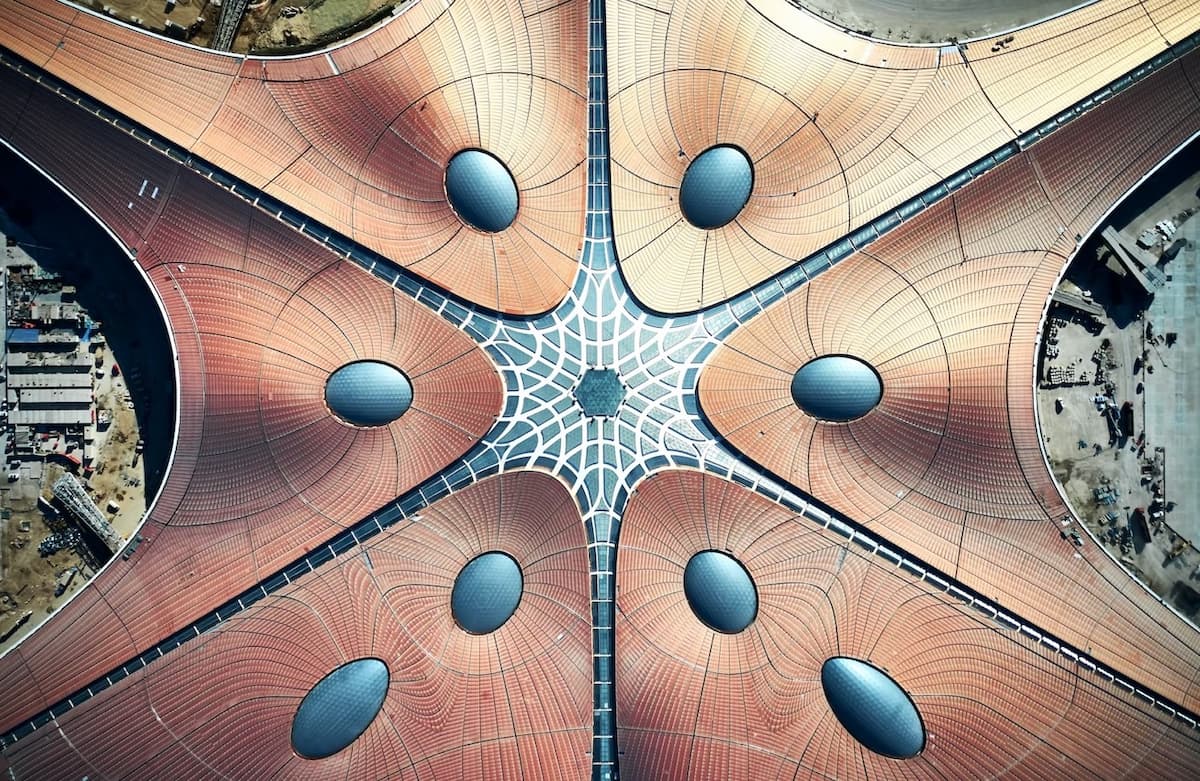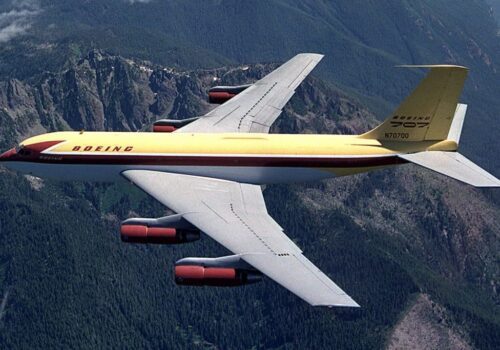5 Beautiful Airports In The World
When we think of an airport, we often think of a large-scale structure, featureless, cold, strictly rational – a functional building through which hundreds and thousands of people pass every day. However, not all airlocks look like this. The architects offer a different view of these useful buildings – more humanistic, with care for the person who will have to spend at least a few hours inside.
Airport Daxing (China)
The world’s largest airport, Daxing, opened in 2019 near Beijing. At the same time, it is interesting not only for its dimensions but also for its unusual appearance. The project was developed by Zaha Hadid’s worldwide architectural firm in collaboration with the Beijing Institute of Architectural Design. The result was appropriate: the futurism of the British bureau was closely mixed with elements of traditional Chinese culture.
Daxing is like a five-pointed star. The length of each such “beam” is almost 600 meters. Their design refers to the traditions of the country. The first ray is dedicated to Chinese gardens, the second to agriculture, the third to silk, the fourth to porcelain, and the fifth to tea. At the same time, Daxing resembles a spaceship from science fiction films. This effect is created by Zaha Hadil’s characteristic smooth lines and color schemes.
Construction took five years. The area of the terminal is 700 thousand square meters, and its capacity is about 45 million people a year. In the future, the port will receive about 100 million passengers.
Kansai International Airport (Japan)
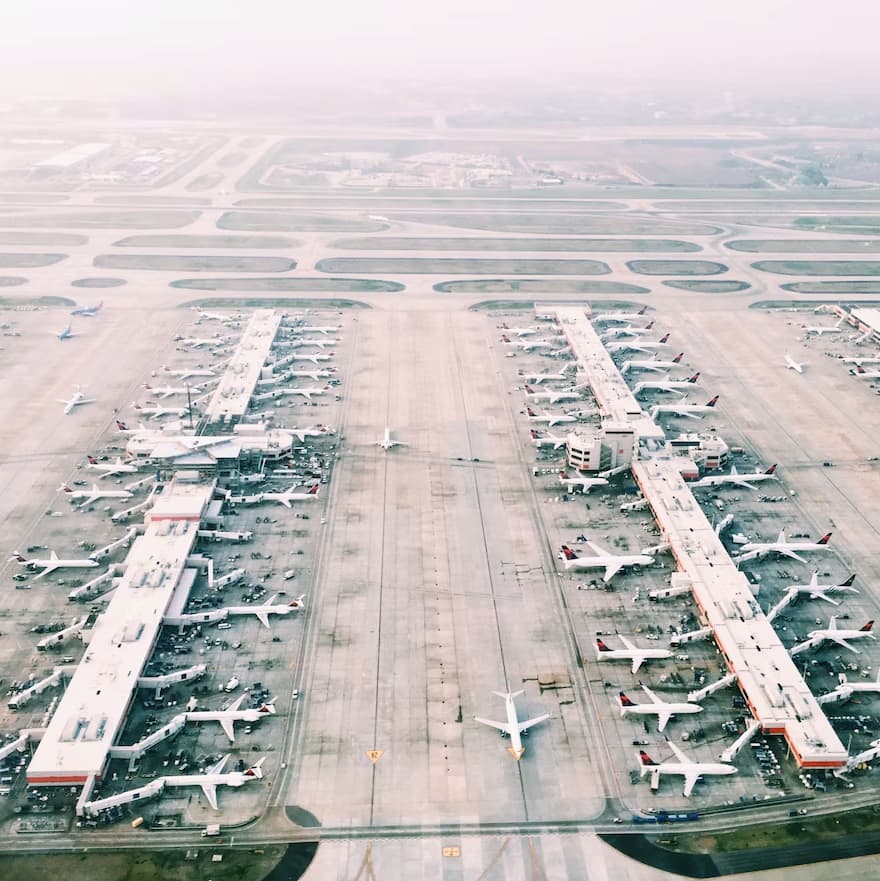
Designed by Renzo Piano, the airport is located on an artificial island off the coast of Osaka. According to the plan, this structure was supposed to withstand typhoons, high tsunamis, and earthquakes. When a magnitude seven earthquake struck Japan on January 17, 1995, killing more than 6,000 people, the airport remained unscathed. Three years later, a typhoon swept over it, the speed of which reached 200 kilometers per hour.
However, the structure survived again thanks to its outstanding design, shaped like an airplane wing. Kansai is a unique airport that has no analogs in the world. It is the only one located directly on the sea, and the water drowns out the noise of planes taking off and landing without causing inconvenience to the locals.
Scandinavian Mountains Airport (Sweden)
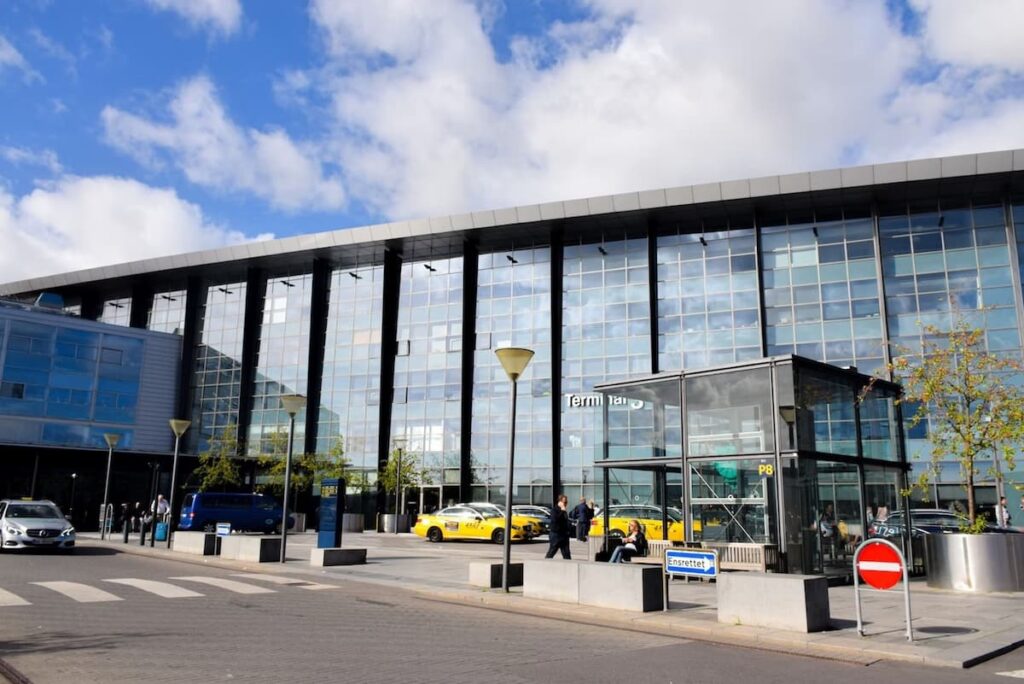
At the end of 2019, in Sweden, almost on the very border with Norway, the Scandinavian Mountains Airport was opened, designed to improve access to the ski resorts of both countries. Several Swedish companies were engaged in construction at once, so the appearance and design fully fit into the concept of the Scandinavian style. Conciseness, rationality, and comfort – this is the airport of the Scandinavian Mountains.
Thanks to its discreet black and brown coloring, it fits perfectly into the surrounding landscape. The design inside is also minimalistic and functional. The area of the terminal, including a customs control point, a cafe, a duty-free shop, and a car rental point, is only 5,000 square meters.
This is one of the airports without towers, i.e., without a control tower. Instead, information about what is happening is transmitted to a remote control room using cameras located in the city of Sundsvall, located 400 kilometers from the hub. This technology was developed and implemented by the Swedish company Saab.
Istanbul Airport (Turkey)
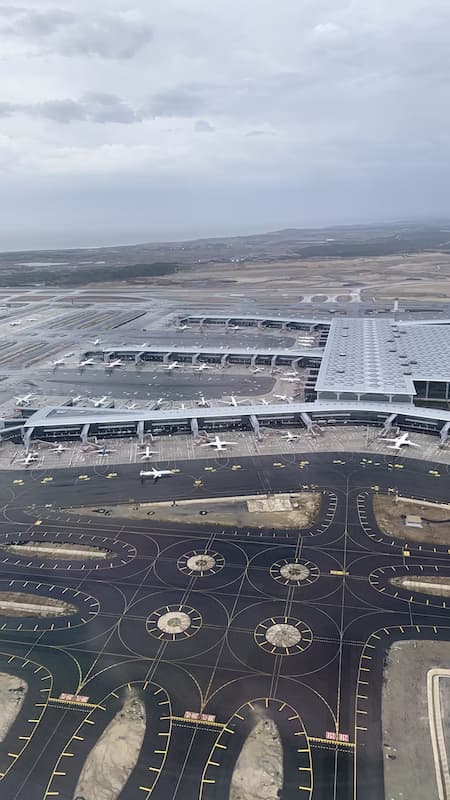
In October 2018, Istanbul’s third airport opened to help the city cope with passenger traffic. Several architectural bureaus worked on the hub project at once: Grimshaw Architects, Haptic Architects, and Nordic Office of Architecture.
To convey the national color of the capital of Turkey, a city rich in history, colors and patterns, the authors used predominantly white colors and architectural solutions typical for the country in the design. The vaulted ceiling, for example, resembles the dome of a mosque.
Another symbol of Turkey – the tulip – was embodied in the form of a control tower. Almost 100 meters high, the building has a curved shape and resembles this beautiful flower. The American company AECOM and the Italian Pininfarina worked on its creation.
The area of the entire complex is 1.3 million square meters. Its construction is still ongoing, and the project is planned to be fully implemented in 2028. The airport is expected to have six runways. According to experts, by 2035, it will be ready to serve up to 200 million passengers a year, making it the largest air hub in the world in terms of cross-country ability.
Incheon International Airport (South Korea)
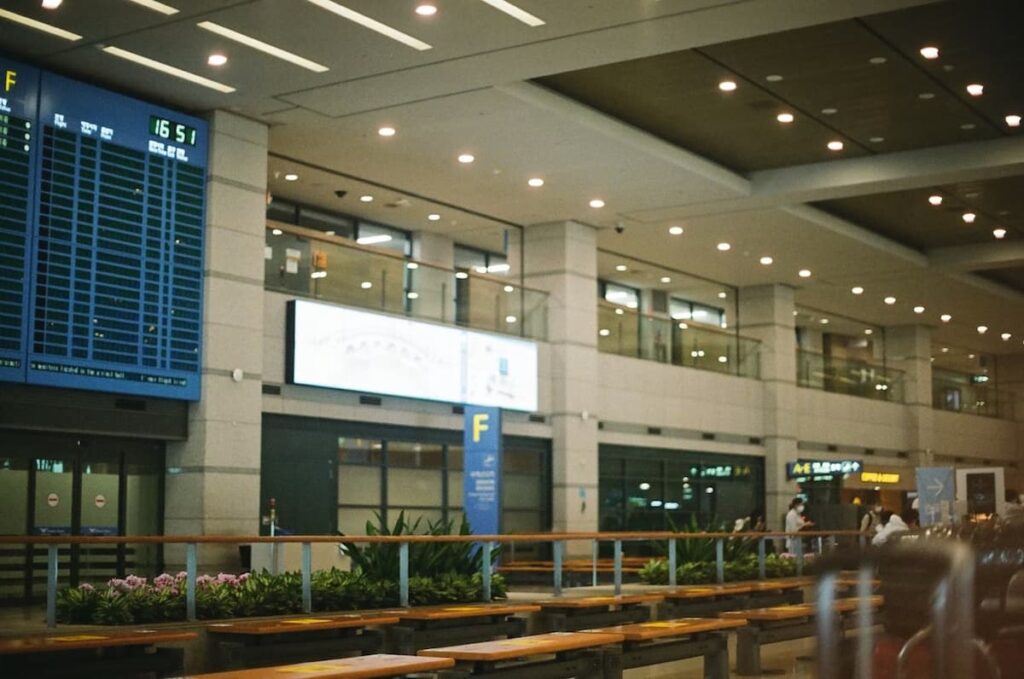
Since its opening in 2001, this airport has been consistently ranked among the best airports in the world. The building has a very practical amenities infrastructure – golf courses, casinos, massage rooms, bedrooms, and winter gardens. The architecture of the building delights tourists with its beauty against the background of the bright blue sea, but most importantly, it immediately introduces you to the local culture.
For example, the roof arch is reminiscent of a traditional Korean temple. This is a building that, even ten years after its construction, everything looks futuristic and fascinates with its uniqueness.
